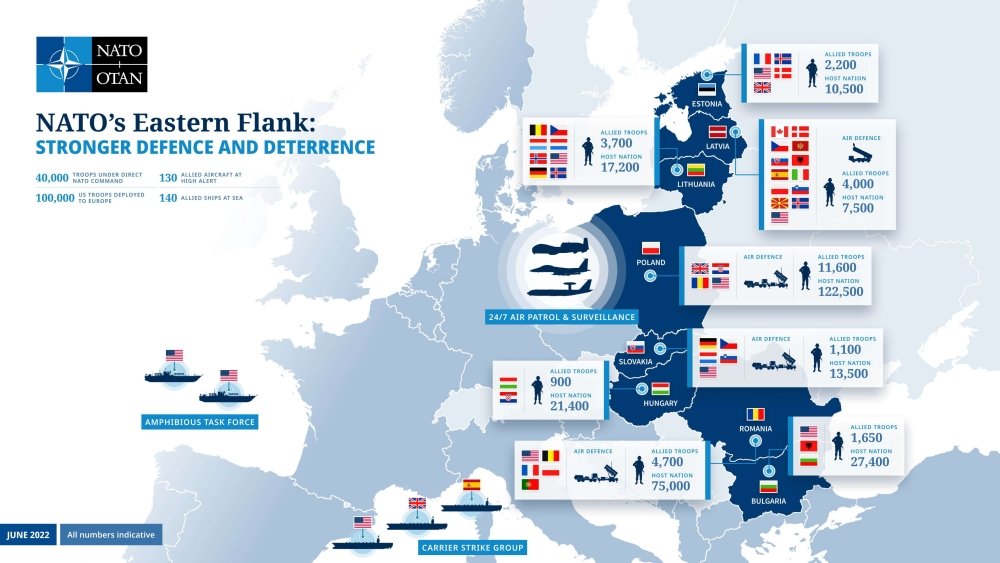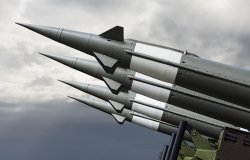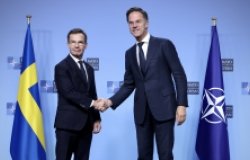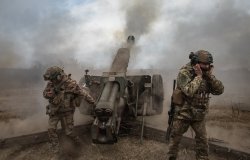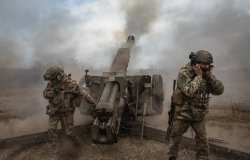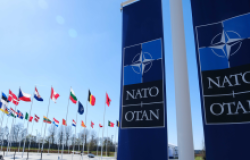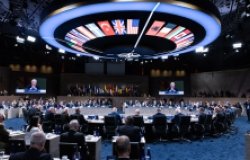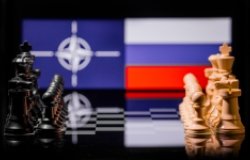The Evolving ‘Tripwire’ on NATO's Eastern Flank
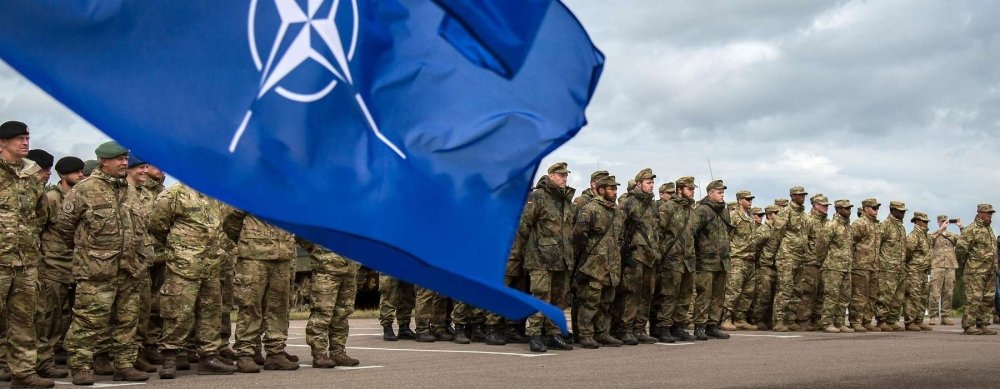
As the NATO Summit convened in Washington, D.C. last week, a main topic of discussion was the bolstering of the Alliance’s eastern flank. Albeit with a greater sense of urgency, the focus on Eastern Europe is an echo to the 2016 Summit in Warsaw, held in the wake of Russia’s annexation of Crimea. Back then, NATO agreed to strengthen its eastern border by establishing four enhanced Forward Presence battlegroups (eFPs). These formations, envisioned as ‘tripwire’ forces, received their fair share of attention at the recent Summit, and are evolving in scope as NATO navigates the most difficult security environment in Europe since World War 2.
Deterrence through a ‘tripwire’
NATO eFPs are multinational, combat-ready forces which unify soldiers of several NATO members under a single command. Each eFP consists of a leading nation, which provides most of the troops and equipment, a host nation, and contributing nations. The latter are sending, on a rotational basis, their troops and equipment to the host country. The size and composition of each battlegroup varies, being tailored to specific geographical factors and threats. As an example, the eFP based in Latvia (which is notable for being the largest and most multinational of such formations) hosts 1,900 soldiers from eleven countries and is commanded by Canada. NATO’s newest member, Sweden, also plans on deploying its soldiers to Latvia as a contributing nation starting 2025.
The original strategy underpinning eFPs had dual utility. First, these battlegroups were designed small enough not to be perceived as a threat by Russia, while still enhancing host countries’ defensive capabilities. Second, these forces could provide sufficient deterrence despite them being vastly outnumbered by any invading force. This rationale was based on the tripwire doctrine, which posited that the death of even a few allied soldiers on host nations’ soil would generate enough political pressure to trigger a large-scale military response. Although a tripwire force lacks significant stopping power on its own, the fear of this subsequent larger reaction would be enough to dissuade potential aggressors. In this sense, the multinational composition of eFPs intended to ensure a broad response, involving several NATO member states.
This logic speaks to the credibility aspect of deterrence theory: a state’s willingness to act upon their promise. A study interviewing Baltic and Polish security professionals, with Russia as a hypothetical aggressor, nevertheless questioned whether tripwire forces instill enough reassurance that allies will actually help in the case of an attack.
Increasing deterrence by adding capability
Beyond credibility, deterrence also encompasses capability– the ability to actually carry out the promised action. Following Russia’s full-scale invasion of Ukraine in 2022, NATO enhanced its tripwire strategy in this regard by agreeing to scale up these battlegroups from battalion-size to brigade-size units at the Madrid Summit in 2022. The previously-mentioned example, the Latvian eFP, has employed a three-step roadmap to accomplish this goal, which involves increasing its troop count to 2,200 by 2026.
In addition to bulking up existing battlegroups, NATO established four new eFPs in Romania, Bulgaria, Hungary, and Slovakia, extending the Alliance's forward presence from the Baltic Sea all the way to the Black Sea. Last month, Finnish Minister of Defence Antti Häkkänen also revealed that Finland will be hosting a NATO command as well as a land force. While the exact details of these plans are yet to be finalized, the aforementioned forward presence could soon stretch across the Alliance’s entire eastern flank.
As another capability bolstering effort, the Madrid Summit agreed to enhance NATO’s ability to provide quick back-up by strengthening its high-readiness forces across all domains - land, sea, air, cyber and space. This change will be significant. The current NATO Response Force consists of around 40,000 troops, which can be made available within two weeks, whereas the planned New Force Model elevates this number to 300,000. A component of the new model, the Allied Reaction Force, was activated earlier this month, which comprises cyber and space forces elements as well as more light infantry troops.
What does this mean for Europe’s security?
These changes reflect NATO's approach to dealing with its current security environment. The Alliance is less concerned about Russia perceiving eFPs as a threat in today’s climate. Moreover, there is a need to enhance deterrence on the Alliance’s eastern flank by making eFPs formidable fighting forces, surpassing their original function of serving as sacrificial triggers for a larger military response. As an added benefit, this also reassures states most concerned about an invasion that damage to them will be minimized in case deterrence fails, as these formations are better able to protect host states.
Increasing soldiers and equipment also seems appropriate considering the current personnel problems European militaries are facing today. For decades, the continent's armed forces were mainly engaged in combat by participating in coalition operations far away, which meant assembling a small, albeit highly trained, expeditionary force. But given the threat of full-scale war on European nations’ doorstep, sheer numbers have become increasingly important. This is especially problematic due to widespread recruiting difficulties within Europe’s militaries.
Luckily, many nations, especially those on NATO’s eastern border, are keen on addressing the personnel-starved Europe. Latvia, for instance, reintroduced conscription earlier this year, after its removal in 2006. Estonia – as a case in point – never abolished it since gaining independence in 1991.
More troops is the name of the game in Europe’s current security environment. In this context, evolving eFPs is a reassuring sign of the Alliance's adaptational capability. It showcases how small, albeit potent, formations can be adjusted to meet NATO’s strategic needs on its increasingly hostile eastern flank.
About the Authors

Global Europe Program
The Global Europe Program is focused on Europe’s capabilities, and how it engages on critical global issues. We investigate European approaches to critical global issues. We examine Europe’s relations with Russia and Eurasia, China and the Indo-Pacific, the Middle East and Africa. Our initiatives include “Ukraine in Europe” – an examination of what it will take to make Ukraine’s European future a reality. But we also examine the role of NATO, the European Union and the OSCE, Europe’s energy security, transatlantic trade disputes, and challenges to democracy. The Global Europe Program’s staff, scholars-in-residence, and Global Fellows participate in seminars, policy study groups, and international conferences to provide analytical recommendations to policy makers and the media. Read more


